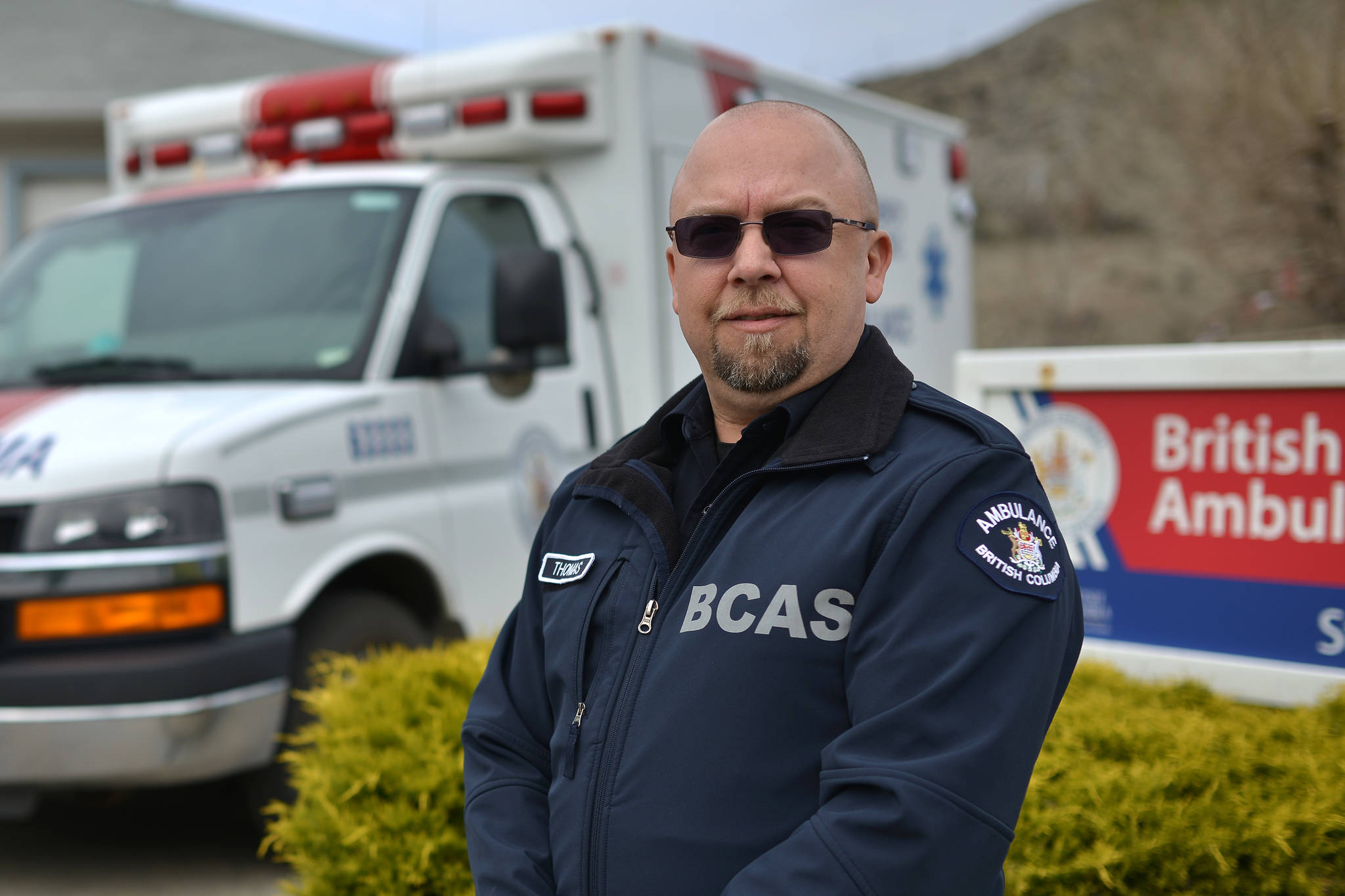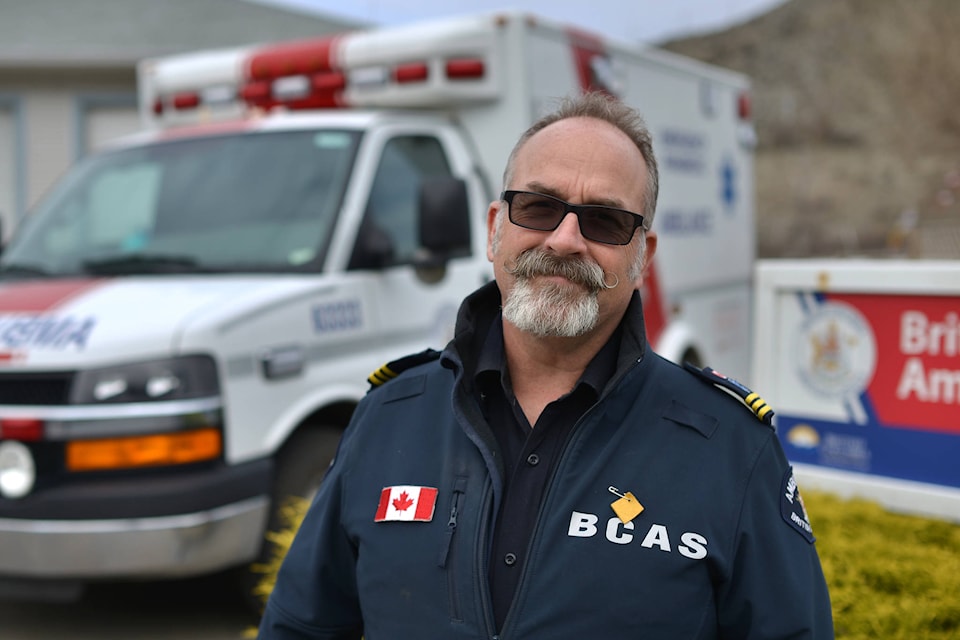The rural medical community is adapting on a daily basis to better serve individuals amid the COVID-19 pandemic.
In many communities like Keremeos and Osoyoos, reliance on essential service has grown and a local group of first responders have stepped up to the challenge. They’re even delivering groceries to those in dire need.
BCEHS paramedics Tim Roberts and Tom Robins, part of the community paramedicine program in Keremeos, have always assisted those who are socially and physically isolated, but now, with more people in self-isolation or quarantine, the frequency of these visits has increased.
READ MORE: Thank you South Okanagan paramedics
Dressed in full personal protective equipment, they are able to deliver essential goods, like medicine, supplies and groceries to those in need. These visits also allow them to check on patients who they know may need extra care.
“I know we’re greatly appreciated by the pharmacies and the health teams to be able to access those people that are self-isolating,” said Roberts, unit chief at Keremeos Station 317.
”We have the ability to come to people’s homes, and though we are not doing face-to-face visits… there are those times when you do need to do an assessment, something comes up that is necessary for someone to go in, and Tom and I both have the ability to put on our Personal Protective Equipment and access the patient, client, safely.
“If we come across something that needs to be addressed as an emergency we’re right in the moment there to be able to lend a hand and call the emergency cars via 911.”
The BCEHS Community Paramedicine (CP) program is being utilized now more than ever. Across the province they are working to both support patients and communities, and help alleviate workload place on local healthcare teams. This has forced them to move away from their regular day-to-day schedules.
There are currently more than 100 community paramedics working in rural and remote communities around the province. They primarily provide services to older adults with chronic conditions, or those at risk of falls. For several years now the Community Paramedicine Program has been in place in communities like Keremeos and Osoyoos, offering residents enhanced healthcare services from paramedics.
The program was implemented with the intention of expanding the traditional focus of paramedics to include disease prevention, health promotion and basic healthcare services.
Now, paramedics anticipate that each call could be COVID-19 related, and they deal with each one utilizing every piece of equipment they can to ensure a non-exposure visit.
CPs have replaced their regular home visits with phone visits and virtual visits using both Zoom and FaceTime. CP patients who do home health monitoring now have a COVID-19 assessment included in their monitoring protocol.
Those who don’t have the necessary equipment are provided with a tablet and Bluetooth equipment so that CPs can continue to check in. With submitted information from the client, paramedics can then view and predict trends which help them in educating the client through their weekly checkups.
CPs also hope to use this technology to continue with the education side of the CP program, and use these tools to get numerous people in one room, virtually.
The delivery of medications and food is also a new initiative.
BCEHS is also working with local healthcare teams to compile a list of more at-risk individuals, beyond their regular CP clients, who would benefit from a telephone check-in.
COVID-19 has affected many things, and resulted in some changes among healthcare workers, but Roberts says they’re still continuing to work like they did before the virus.
“We’re still there, we’re still there to serve,” he said. “BC Ambulance is out there, we’re working, we’re taking care of the needs that need to be done during this time.”
Roberts reiterated that they want everyone to continue self isolating, and social distancing, “so that we can get through this and help flatten the curve.”
BCEHS recommends if there are vulnerable people in the community who could use the support of a community paramedic, they should reach out to their care providers (doctor or nurse) who can refer them to the local CP.
To learn more about the program visit the BCEHS website by clicking here.
READ MORE: Not all receive COVID-19 aid from federal government
@KeremeosNews
phil.mclachlan@pentictonwesternnews.com
Like us on Facebook and follow us on Twitter.

